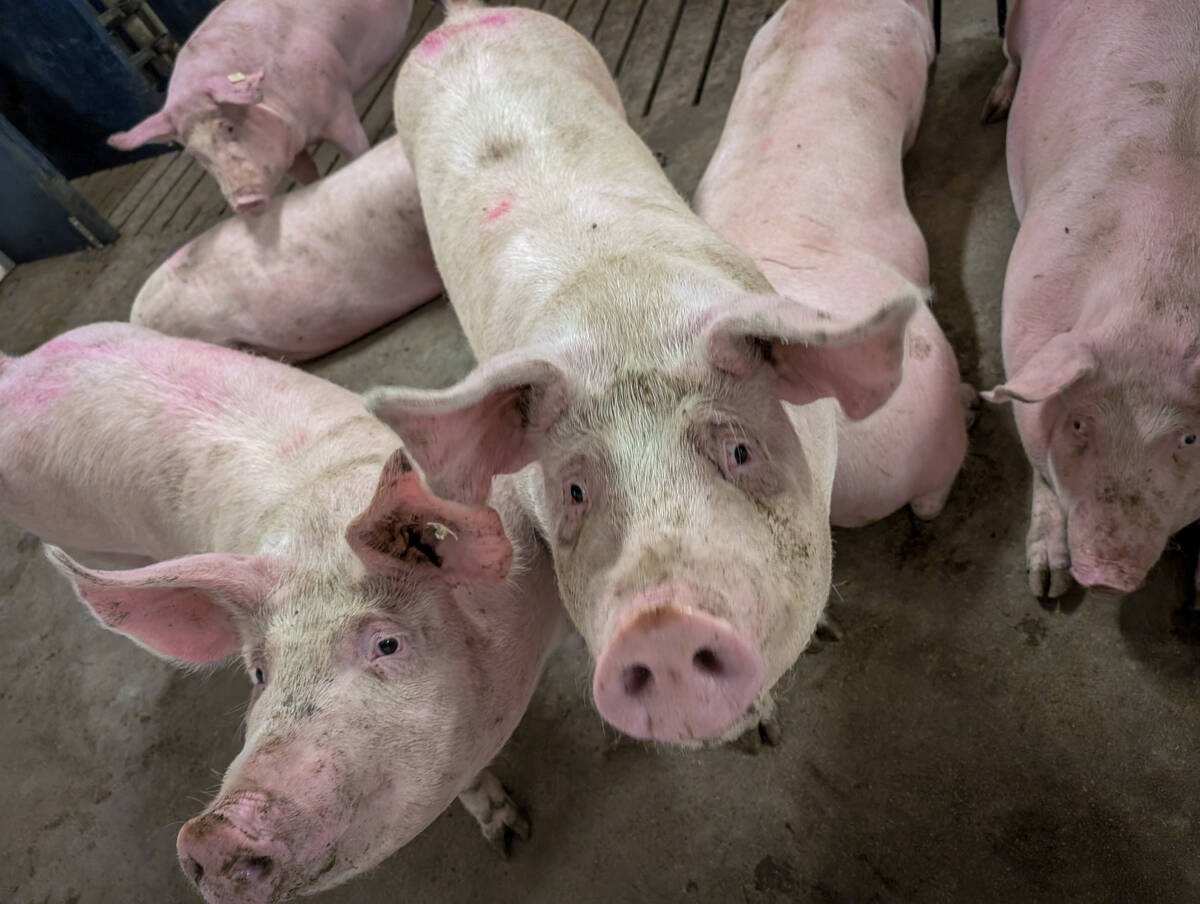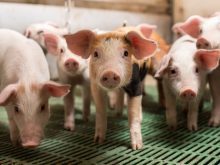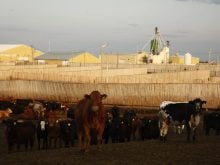A confirmed case of bovine spongiform encephalopathy in Alberta has reawakened Canadian beef producers’ worst fears after being free of the disease for 10 years.
The last reported case of BSE was discovered in an imported purebred Salers cow near Red Deer in 1993. Agriculture Canada destroyed the cow and its 300 herd mates, as well as 100 other animals imported from Great Britain after 1982.
“My first thought was, ‘oh no, not again,’ ” said Stavely rancher Larry Sears, who was chair of the Alberta Cattle Commission in the early 1990s.
Read Also

Pork sector targets sustainability
Manitoba Pork has a new guiding document, entitled Building a Sustainable Future, outlining its sustainability goals for the years to come.
There was less media attention then, but the situation prompted beef industry leaders to embark on major changes, including an individual animal identification database and greater emphasis on developing a diversified export portfolio.
“We realized we are at risk if anything happens to any single market, especially to the United States. All beef exporters felt it last year when Japan closed its shop and quit eating beef for awhile because of their problems with BSE,” Sears said.
“It impacted everyone.”
However, the Canadian event was nothing compared to the tragedy in Great Britain. BSE was first detected there in 1986, and peaked in 1992-93 when 100,000 cases were confirmed in one year.
According to the British agriculture ministry, scientists did not know what they were dealing with as reports flowed in about a mysterious disease killing dairy cows. Animals suffered obvious neurological problems accompanied by heavy salivating, poor vision and staggering.
Through a process of elimination, scientists by 1988 had connected the symptoms to feed contamination. The practice of providing protein pellets derived from rendered animal byproducts was the most likely culprit.
A two-year-long government-commissioned study theorized that a single animal in the mid-1970s developed a brain mutation, and that a rogue protein called a prion destroyed its brain. The report suggested the cow was slaughtered and rendered into protein supplements.
Other causes like copper deficiencies or the mishandling of insecticides were also examined, but most evidence appeared to confirm contaminated feed.
“It is pretty much accepted it was contaminated feed because when the contaminated feed was withdrawn, cases dropped dramatically,” said Phil Saunders of the British Meat and Livestock Commission.
Protein supplements made from bone meal, offal, nerve tissue and heads were banned in 1988 and as more was learned, more items were added to the list.
The crisis took a turn for the worse in March 1996 when a possible link between cattle and a human disease called new variant Creutzfeldt Jakob disease was revealed in the British Parliament. However, a scientist at Leeds University had suggested a potential risk to human health as early as 1990. The government and health officials preferred to wait for further evidence rather than alarm consumers.

















